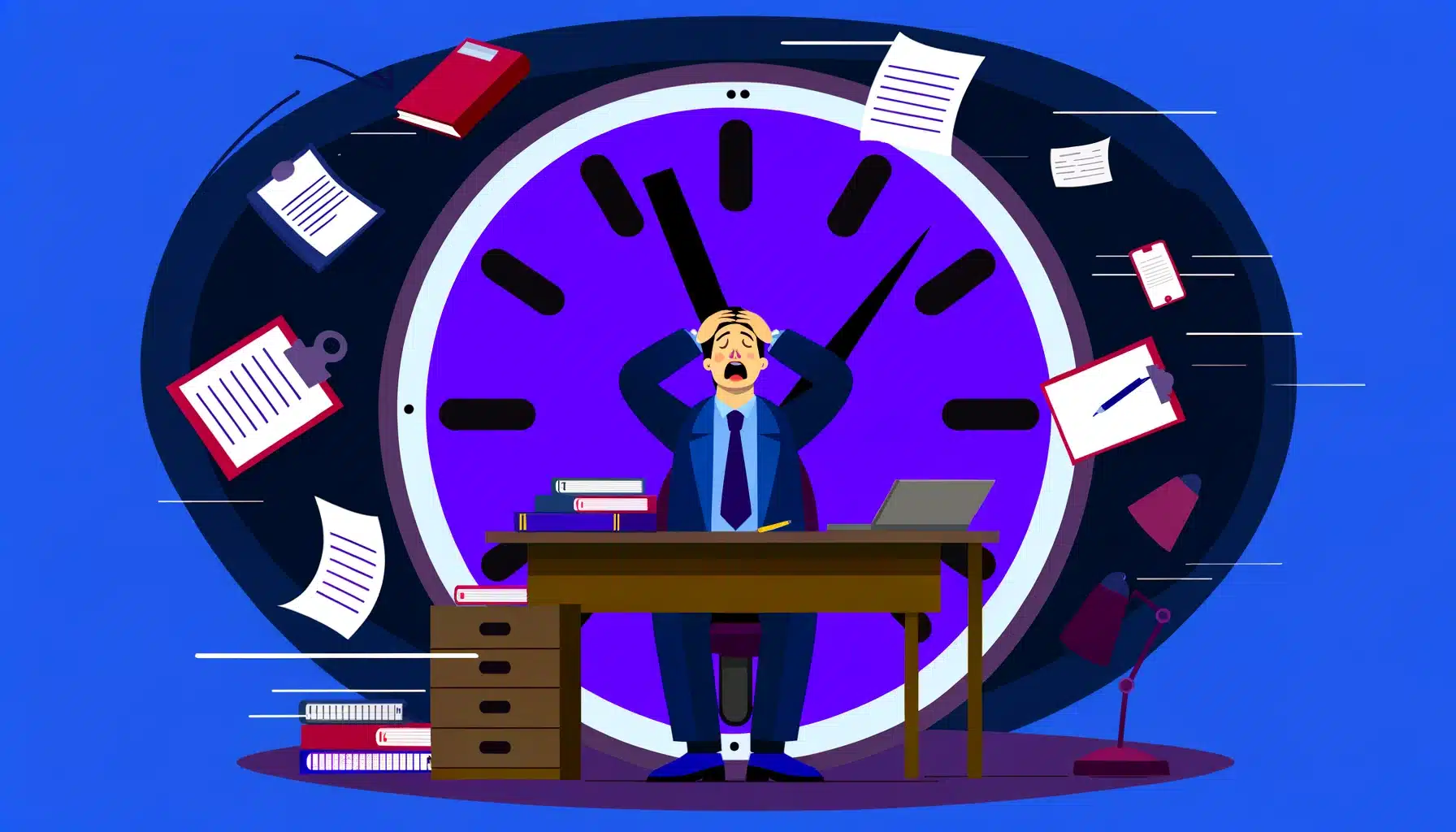First, let’s agree on the notion of Leadership addressed in the ISO 9001:2015 standard. This term replaces “Management Responsibility” in the previous standard version and is the subject of a dedicated chapter.
This management commitment no longer rests solely on the shoulders of the Quality or QHSE Manager. General Management and all its members have an important role to play!
Leadership is the ability of a company manager or department head to guide, influence, and inspire others toward the achievement of common or shared objectives.
In a nutshell, it’s the ability to effectively mobilize teams toward collective success.
And what better example of Collective Mobilisation than the Success of a QSE Certification, whatever the Standard?
Here is a summary of the roles expected of management in any QSE approach, since this concept is present in several ISO standards:
1. Commitment
Management must demonstrate its commitment to QSE by providing the necessary resources, assigning clear responsibilities, and communicating regularly on objectives and progress achieved.
This commitment involves drawing up a clear and binding QSE policy, affirming the importance of product/service quality, employee health and safety, and environmental protection.
2. Setting objectives and monitoring performance indicators
Management must play an active role in setting QSE objectives and aligning them with the company’s overall vision. It must ensure that these objectives are relevant, achievable, and realistic – the famous “S.M.A.R.T.”.
It must also put in place relevant performance indicators to monitor the progress made in terms of QSE. This regular monitoring helps to identify the organization’s strengths and areas for improvement.
3. Making resources available
The allocation of adequate resources (human, financial, material) is essential for the effective implementation of the QSE approach. This does not mean, however, that management is obliged to fund everything: common sense and a strategic vision, innovative and reassuring for staff!
4. Communication and awareness
Management has a key role to play in communicating QSE objectives to all levels of the organization. It must foster a culture of transparency and active participation by all employees.
For occupational health and safety risks, it must support the setting up of OHS committees and ensure that supervisory and non-supervisory employees are consulted and involved. In this way, it allows its employees to give their opinion on a forthcoming decision, an organization, or documents. To do this, it must remove obstacles to employee participation and ensure that there are no reprisals. Management needs to play a facilitating role in giving employees access to information.
5. Continuous improvement
Management must encourage a culture of continuous improvement through innovation initiatives. It must support initiatives aimed at optimizing processes, reducing health and safety risks, and minimizing the impact of its activities on the environment. All this must be done taking into account the context in which it operates.
6. Regulatory compliance
Management is also responsible for ensuring that the organization complies with all applicable QSE regulations and standards. It must put compliance procedures in place and ensure that they are rigorously monitored.
What are the Differences Between Leadership and Management?
These two concepts are essential and complementary if an organization is to function sustainably and optimally.
Leadership focuses on inspiring, motivating, and guiding teams towards the achievement of set objectives. It focuses on the proactive and exemplary behavior of Leaders and Managers, not just General Management.
“A leader is someone who knows how to show the way, who follows it with confidence, and who motivates others to follow it with determination” (John C. Maxwell).
Management, on the other hand, focuses on the efficient organization of processes and associated resources.
In this context of the digitalization of organizations, the Leader must understand the issues linked to the context in which his company is evolving. They must identify the risks and opportunities and build a clear vision. They must also manage change with their employees and implement a collaborative, participative, and proactive approach to continuous improvement.
As a company director or manager, find out how QHSE management software like QUALIPRO can help you achieve these objectives and guide your organization toward success in the digital age.









